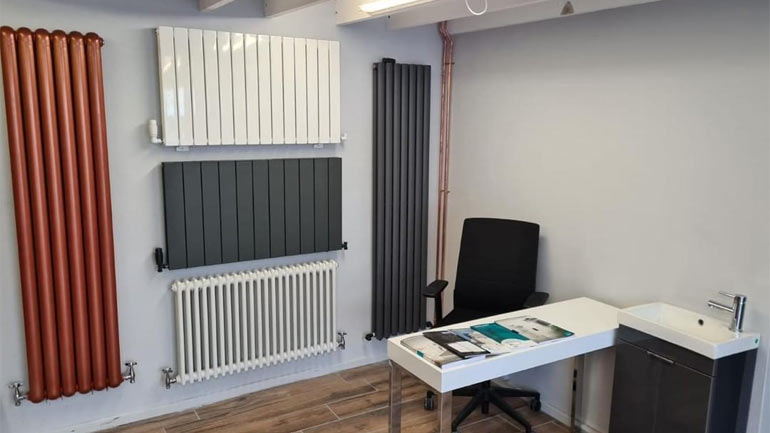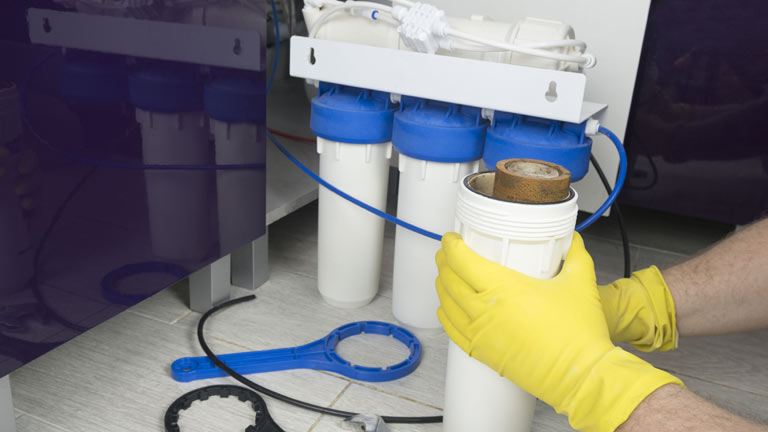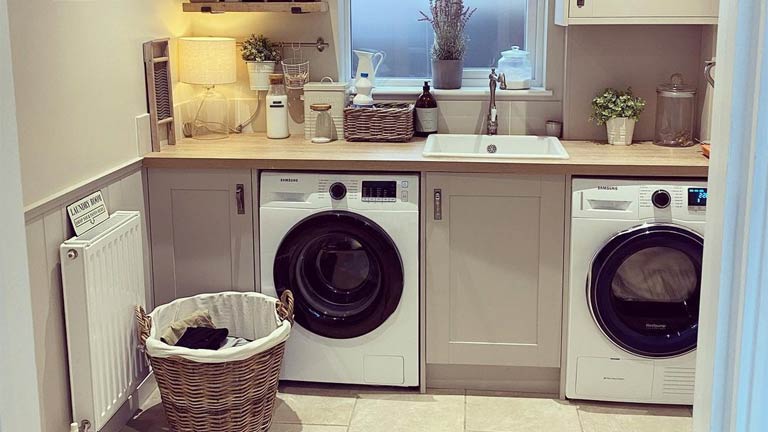
When buying a new radiator, it is important to understand what materials are best, so you can make an informed decision when making your purchase decision.
So, what materials can radiators be made from and what is the best for your home? We explore here.
Mild Steel
Mild steel radiators are often a popular choice. For radiators and heated towel rails alike, mild steal is used because it is a cheaper solution that can be easily moulded into any shape, allowing for interesting, alternative radiator designs.
If you’re on a budget, mild steel could be the ideal solution for you. A main issue you may want to consider here is that mild steel is prone to rusting, causing many complications down the line.
Stainless Steel
Stainless stell radiators are extremely capable, built to last while conducting heat at exceptional levels. Stainless steel, like mild steel, can be moulded into many different shapes for any unique design you want. Stainless steel radiators are somewhat more expensive, but this is because thy are more of a long term investment. As they are less likely to rust, this means that you will pay less in the long run. Stainless steel radiators are not 100% rust proof, but they are an option with more longevity than mild steel.
Aluminium
Aluminium radiators are becoming more popular. As a superconductor, they are able to produce high levels of heat, while possessing anti-rust and anti-corrosion properties. Additionally, aluminium radiators are also an ideal choice for their environmental benefits, heating up extremely fast, using less hot water from the boiler and saving you money due to less overall energy used. Other benefits of aluminium radiators include the fact that they are made from a lightweight metal, meaning installation is much easier. A downside of aluminium radiators includes that as the metal is so lightweight, the metal can be damaged much more easily.
Cast Iron
The final material radiators are usually made of is cast iron. These are traditional radiators, allowing for a period-style look, often in Victorian designs. Downsides of cast iron radiators include the fact that they take some time to heat up proficiently, meaning you will have to wait awhile before you can get warm. Once they reach the desired temperature, they will be able to retain the heat for some time, meaning you won’t actually use more energy by using a cast iron radiator. They are extremely well built and are the strongest material out of any of the above radiators. Installation will cost more though and you have less options when it comes to radiator style and design.
Each of these radiator materials has their own pros and cons, and it really comes down to personal preference. Search for radiators online and find the exact design, size and material that suits you. If you are looking for a replacement radiator to modernise your home, Stelrad designer radiators are some of the best you can buy, allowing you to upgrade your home heating systems in a stylish and functional manner.




